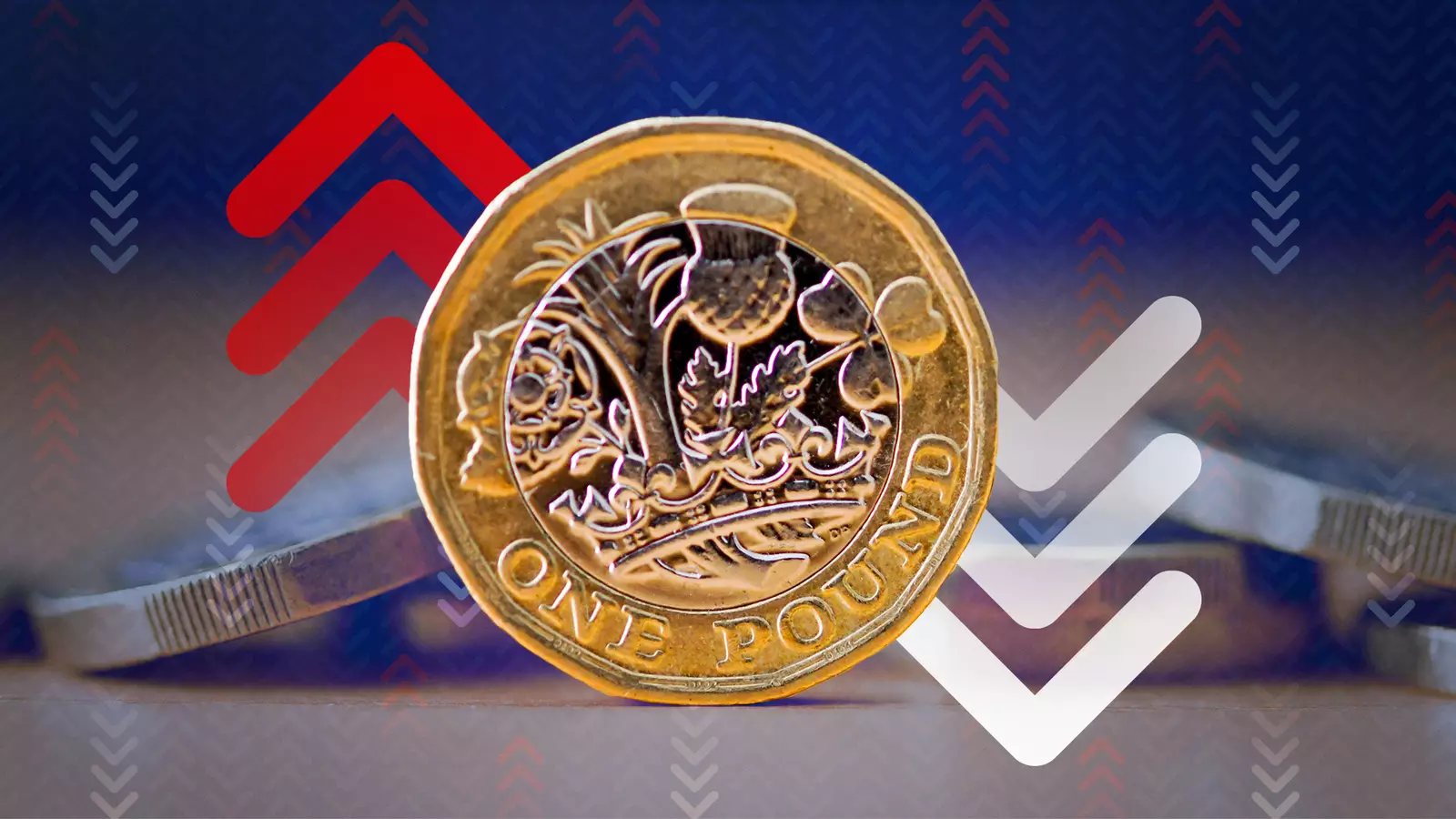The rate of price rises has seen a significant decline, as per the latest official figures released by the Office of National Statistics (ONS). The key measure of inflation, the consumer price index (CPI), fell to 6.8% in the year to July, indicating that prices are still on the rise, albeit at a slower pace. This downward trend can be attributed to various factors, including changes in energy price regulations and fluctuating costs associated with goods and services.
In July, the energy regulator Ofgem revised the energy price cap, resulting in a drop in energy bills. As a result, certain goods and services became more affordable, contributing to a decline in inflation. Specifically, electricity, gas, milk, bread, cheese, petrol, and diesel witnessed a decrease in prices during this period. Consequently, the shift in energy prices had a notable impact on reducing the rate of inflation.
While price falls were evident in some categories, others experienced an upsurge. The cost of hotels and air travel, for instance, contributed to maintaining a relatively high rate of inflation. Nevertheless, the largest drop in prices was observed in the gas sector, with a significant decline of 25.2% between June and July. This reduction in gas prices during the specified period marked a record decrease since the ONS began capturing such data in 1988.
Simultaneously, the cost of services saw a contrasting trend, reaching a 30-year high at 7.4%. Such a surge in service costs represents the highest rate since March 1992. These fluctuations in prices signify the complexities and variations across different sectors of the economy. Consequently, it becomes imperative to carefully examine these nuances in order to have a holistic understanding of inflation trends.
Looking ahead, further decreases in inflation are expected. The Bank of England has forecasted that the rate will drop to 5% by the end of the year. However, it is worth noting that this projection still exceeds the Bank’s 2% inflation target by more than double. While the declining trend is promising, it is important to exercise caution in prematurely assuming a complete reversal of price rises.
Core inflation, which excludes items susceptible to sharp price fluctuations such as food and energy, remained static at 6.9%. This particular statistic becomes especially significant for the Monetary Policy Committee members responsible for determining interest rates. The consistent nature of core inflation suggests a need for vigilant monitoring and targeted interventions to maintain stability and mitigate potential risks.
Inflation rates have acquired political significance, with Prime Minister Rishi Sunak explicitly making a commitment to halve inflation. His personal responsibility for this objective highlights the gravity of the situation. It is important to recognize that while the government plays a role, it is ultimately the Bank of England’s responsibility to address inflation through interest rate adjustments.
The onset of the COVID-19 pandemic led to a surge in prices, primarily due to disruptions in global supply chains. This was further aggravated by Russia’s invasion of Ukraine, leading to increased energy prices as Western countries sought alternative sources to reduce dependency on Russian oil and gas. Consequently, the inflation rate in the UK reached levels not seen since the invasion in February 2022.
With the decrease in energy costs, there has been an interesting shift in the factors driving overall price rises. One significant driver is the increase in wages. In the private sector, wage growth has surpassed the rate of inflation for the first time in nearly two years. This is a positive development as it helps to improve the purchasing power of individuals and supports economic growth.
The government, represented by Chancellor Jeremy Hunt, has acknowledged the positive impact of their actions in curbing inflation. While the rate has fallen to its lowest level since February last year, there is recognition that more work needs to be done to achieve the ambitious goal of halving inflation and bringing it back to the 2% target. On the other hand, the opposition party’s shadow chancellor, Rachel Reeves, has criticized the current government’s economic policies and stated that working people are worse off due to high energy bills and increased prices.
The landscape of inflation is constantly evolving, influenced by a range of factors including energy price regulations, global events, and fluctuations in specific sectors. Understanding the intricacies of inflation and its implications is crucial for policymakers and individuals alike. While recent developments have shown positive signs of slowing price rises, it is important to remain cautious and proactive in implementing measures to stabilize and manage inflation effectively.


Leave a Reply